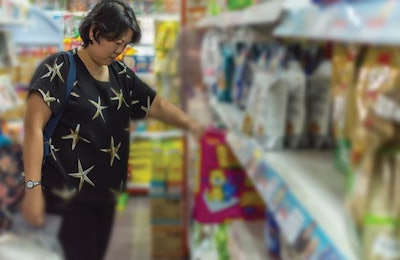
The COVID-19 era has forced consumers in the Philippines and other Southeast Asian countries to change their buying habits to suit their new priorities and lifestyles, which include shopping for pet food.
Pet food is among those Fast-Moving Consumer Goods (FMCG) whose supply and demand seesawed as governments in the region implemented varying degrees of community lockdowns to prevent the spread of COVID-19.
By studying two consumer groups from ASEAN affected by the virus, in particular insulated spenders and constrained spenders, Nielsen, a global measurement and data analytics firm, saw how Southeast Asians let the size of their wallets decide what FMCG they will buy.
“Decisions will need to be made to reconcile purchase habits people have had in place for years alongside today’s new reality, where health and value priorities compete side by side,” said Scott McKenzie, head of the Nielsen Intelligence Unit.
Nielsen’s study results
Nielsen's COVID-19 Behavioral Reset study revealed that around 83% of consumers in Asia Pacific were minimizing their expenses by the second half of 2020. However, those who remain insulated from tightened finances as a result of the pandemic are justifying their premium spending based on benefits and convenience.
Nielsen said that across Southeast Asia, consumers continue to demonstrate a focus on in-home consumption and do-it-yourself activities. Around 24% of consumers surveyed in the Philippines switched pack sizes, suggesting that they are seeking FMCG that suit their homebound lifestyles. Applied to pet rearing, this could mean that more people are also shopping for larger quantities of pet food or purchasing FMCG items to make their own pet's food.
Pet owner behaviors during lockdowns
The market intelligence company FutureMarket Insights noted that when faced with prolonged lockdowns, pet owners stockpiled on pet food and were more open to purchasing new brands, which could be pricier or cheaper, just to fill up their pet food pantries. Also, amid the lockdowns and social distancing rules, online shopping for pet food has become a regular activity that suits those who have settled into their new homebound lifestyles.
Yet despite the sudden increase in pet food sales at the onset of community lockdowns, the size of the pet care market in 2020 is expected to be only half of its 5% pre-pandemic growth forecast, said FutureMarket Insights. On the bright side, it added that the pet care market is expected to recover by the first quarter of 2021, due to the steady sales of pet foods.















